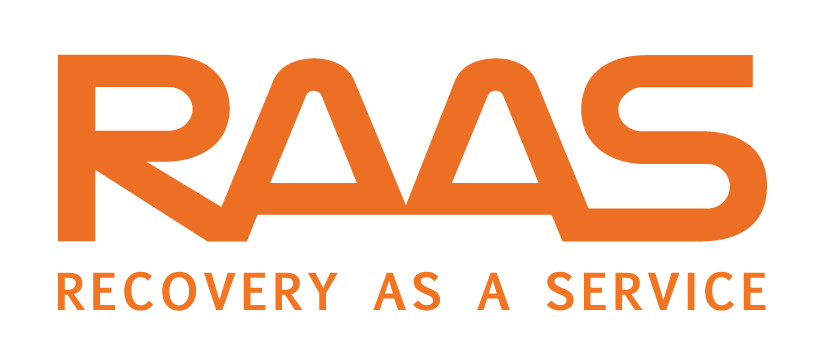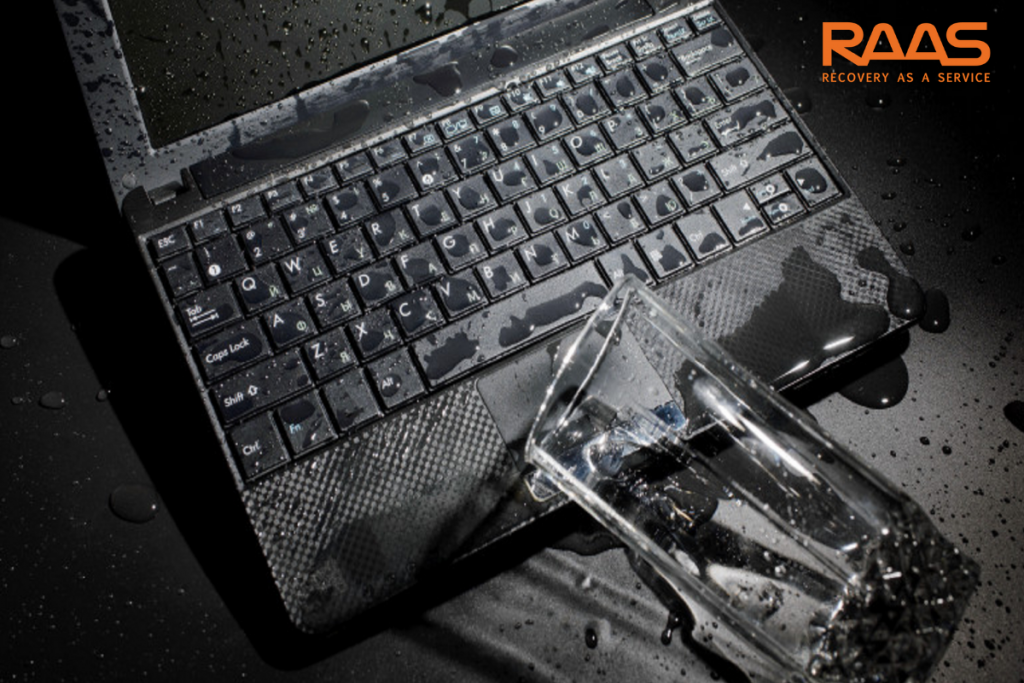No one is safe: all companies are in risk to suffer some kind of disaster, whether natural or something caused by human error. And reality does not help the problem: most companies are not ready to act and recover from a computer disaster, which puts their daily productivity and data security at risk. Having a good disaster recovery plan is essential to ensure that information stays safe even in cases of extreme disaster. In today’s article, we will cover the best strategies for setting a good disaster recovery plan!
Have a proactive attitude
In the business world, the best solution is to always be one step ahead of events and not to live in the illusion that luck will accompany us. The first step in implementing a disaster recovery plan is to survey all possible risks and vulnerabilities. After this step, it is necessary to determine a strategy to reduce the likelihood of harmful effects to the organization in case of disasters. In this way, the organization will have a greater sense of its susceptibilities and will be better prepared if any negative thing happens.
Create limits on access to information
You must limit access to information by your employees and this is one of the most important security precautions you can apply. Each employee should have access only to the data he or she really needs to work, because human error is one of the most serious causes for information leakage. Adding watermarks to sensitive files is also a good way to prevent private data theft and helps identify the source in case of loss. With the access limits imposed it will be easier to detect the source of a possible problem.
Automate as many tasks as you can
Many IT tasks are very repetitive, which leads to demotivation by human resources. Automating processes is a way to reduce IT costs, since it is not necessary to highlight a collaborator to be exclusively dedicated to monotonous tasks. Automation reduces the time that the tasks take to execute and decreases the probability of human error. This is one of the most effective safety precautions you can implement. In this sector, a new concept begins to emerge: AIOPS. This new term aims at a change of culture to obtain more agile processes. AIOps adds value to organizations. In the future, it will play a very important role in increasing the efficiency of IT teams and will facilitate the adoption of next-generation complex technologies that traditional solutions are unable to cope with. Digital transformation requires AIOps because with this new concept, IT teams can automatically analyze large volumes of digital data and solve difficult problems faster.
Set up a Responsible Team
For the disaster recovery plan to work properly, it is advisable to set up a specialized team to solve any problems that may arise and to be responsible for the preventive actions. This crisis management team will also be responsible for detecting the losses and attempting to recover the lost data.

